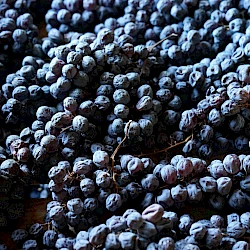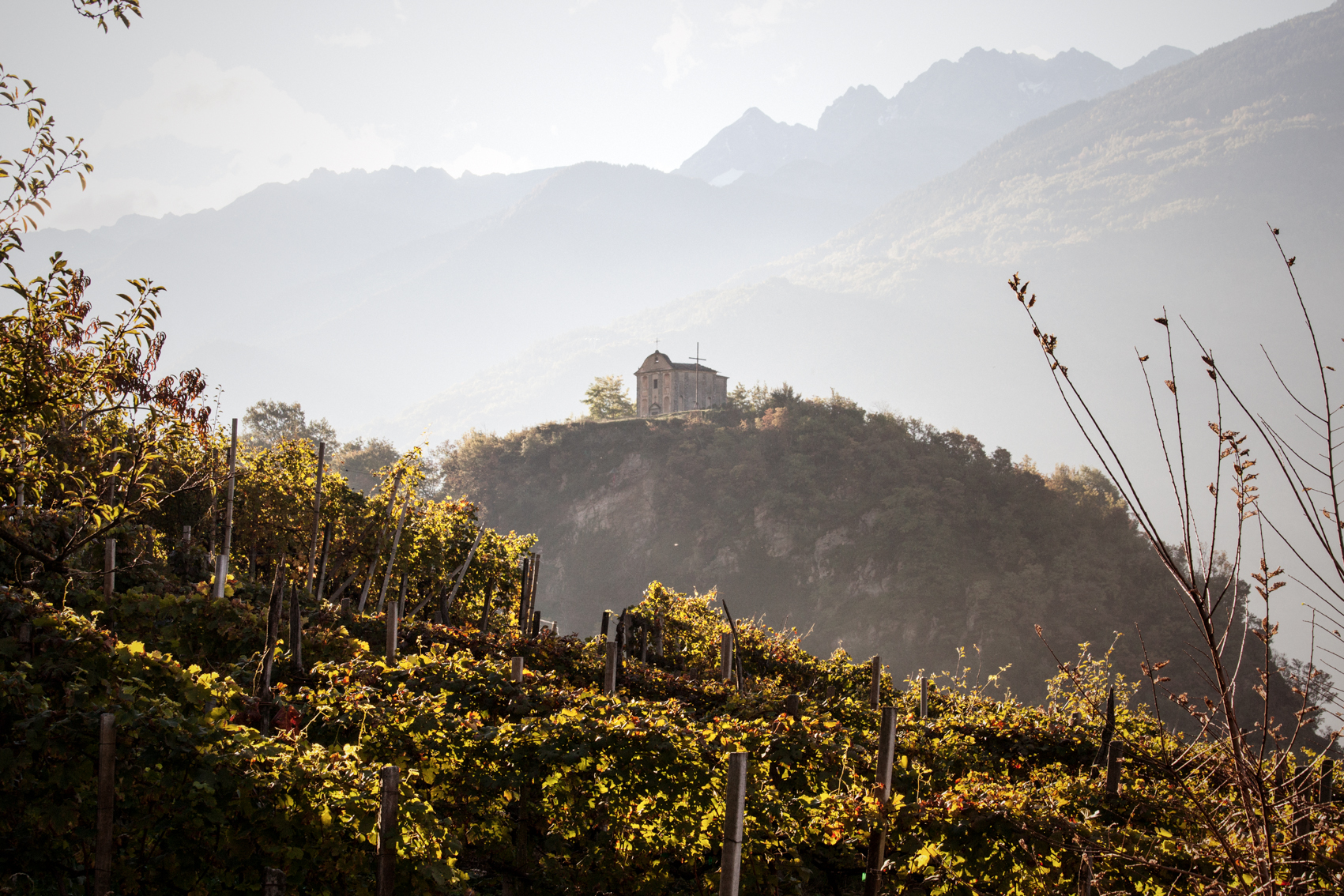
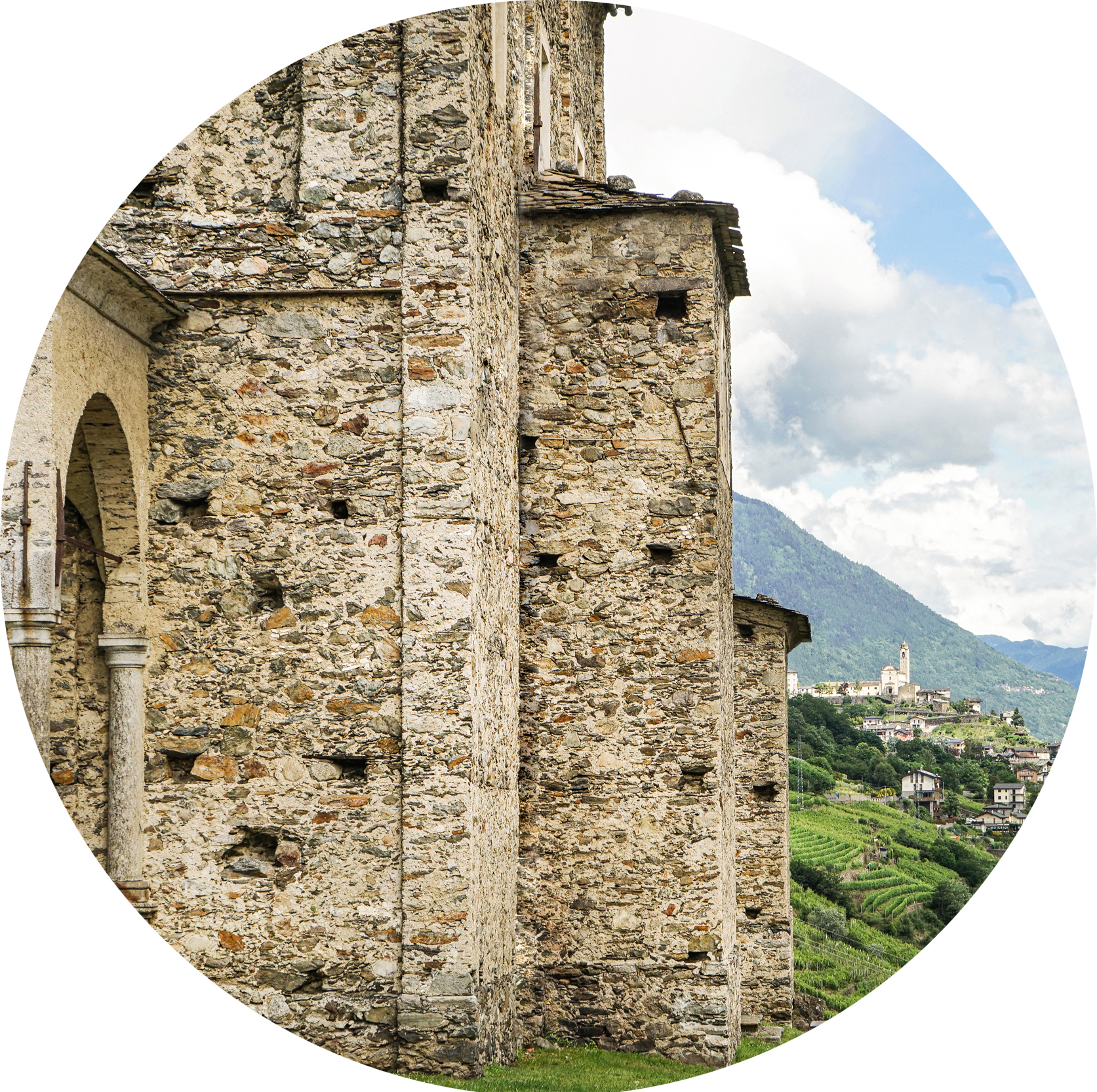
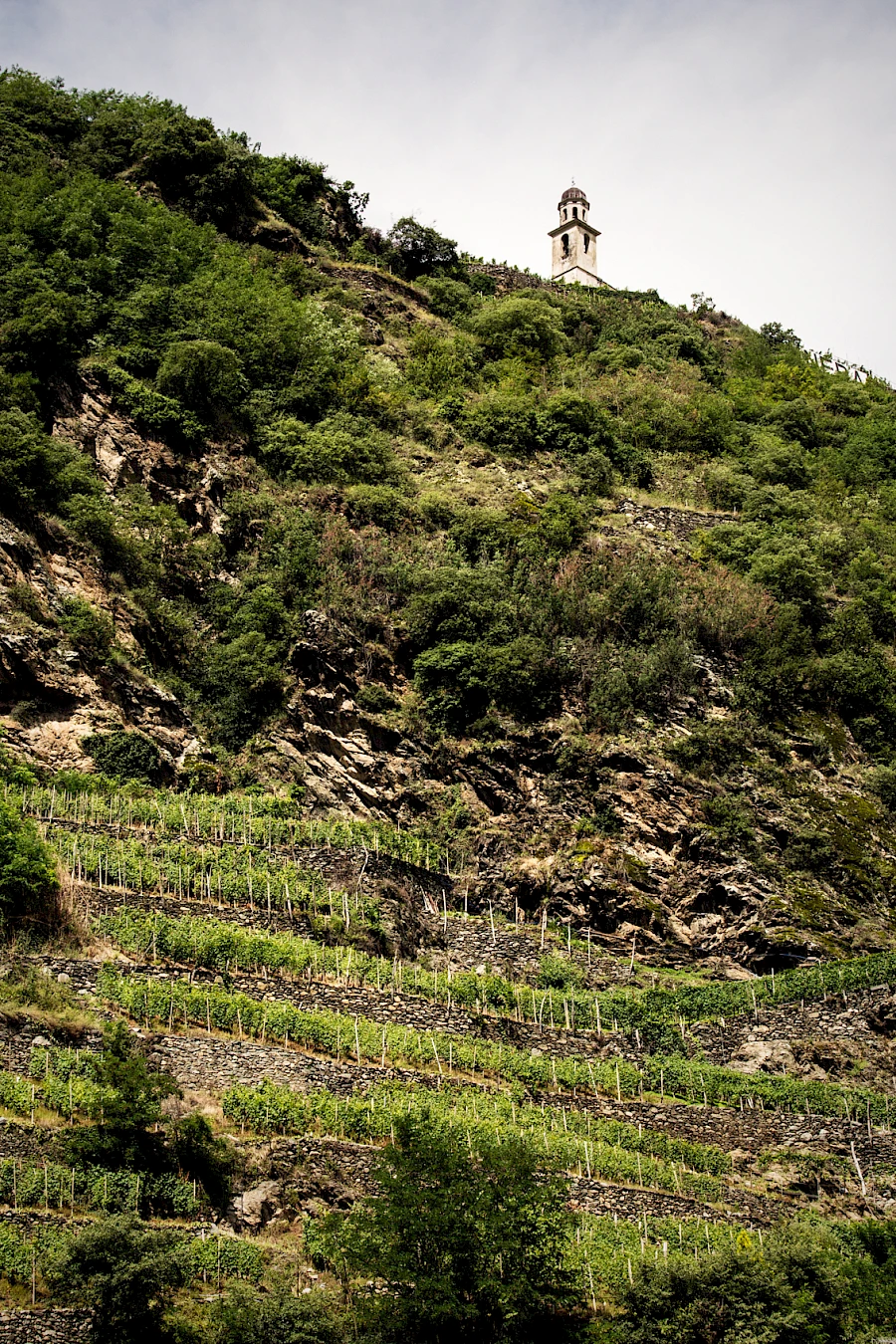
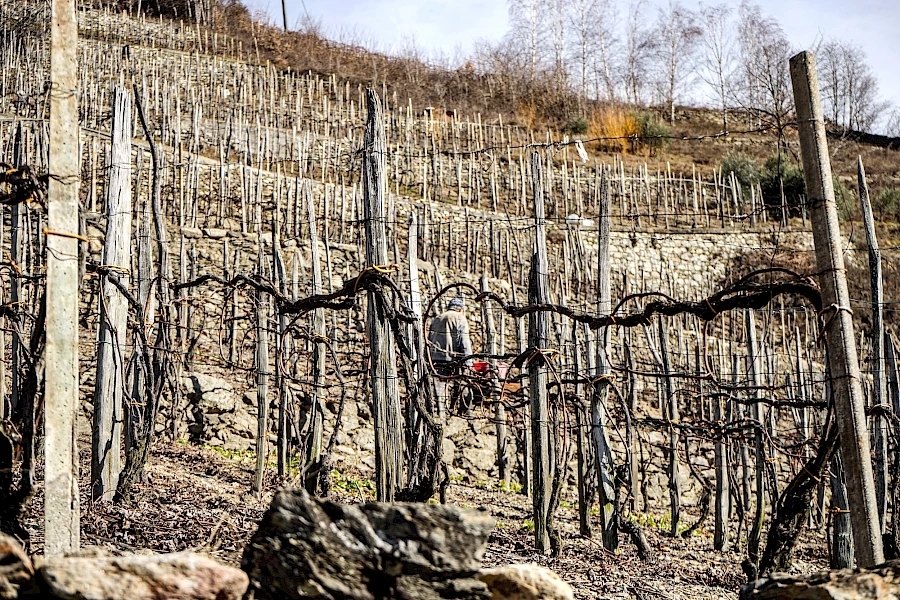
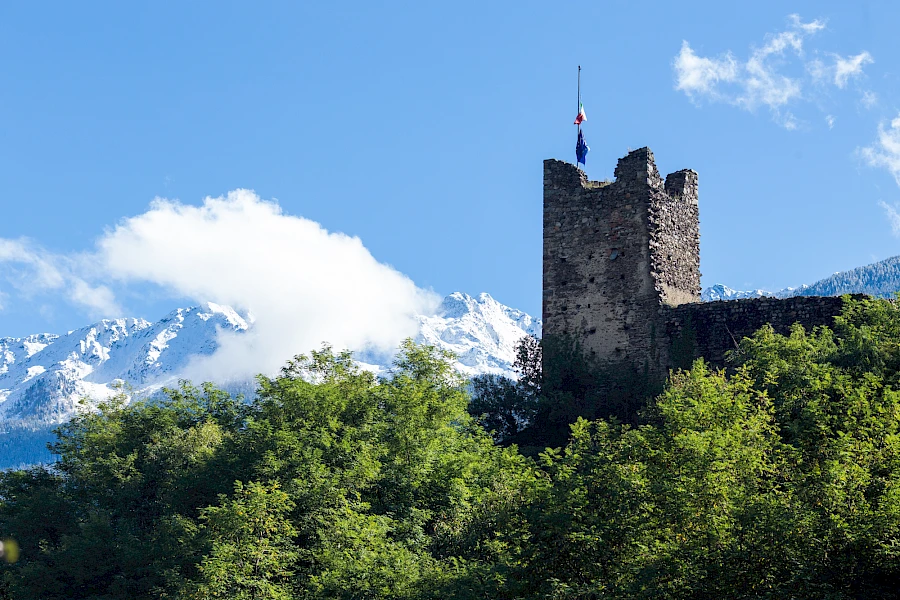
Valtellina wine is rooted in the history of the territory. A history of which there are testimonies from the Roman Empire, with references by Virgil and Pliny who praise the quality of the wine. It’s certainly the years of the monastic culture around the year 1000 that document the link between this alpine area and wine production. The laboriousness of the monks is found in the extraordinary landscape care project and in the consolidation of the terracing system.
The great impulse comes from the 16th century, with the annexation of Valtellina to the Lega Grigia (Cantone Grigioni) that guaranteed prestige and fame to the local productive system. During that period Valtellina wine had a thriving trade system, aimed at the export to Central Europe.
During the 19th century the political order of Valtellina radically changed with the annexation of the territory of Repubblica Cisalpina, but the fame of Valtellina viticulture goes on and on.
In the middle of the century it reached the peak of expansion with over 6000 hectares, mostly terraced, partly on fans (now replaced by apple cultivation or urbanization).
Viticulture predominated over other agricultural sectors although there were just a few wineries, owned by some swiss people from Grigioni and rich people from Valtellina that managed to focus on the export of the famous Veltliner or Valtellina wine.

The 19th century is marked by epidemics that put the productive and economic local system in crisis. First the powdery mildew, then the downy mildew and finally the absolute scourge of the phylloxera strongly threatened Valtellina, the terracing and its wines. The wars of the 20th centuries contributed to a further production decrease as well as the ceaseless abandonment of the countryside after World War II.
There are also important awards such as the establishment of the Denomination of Controlled origin. A significant goal which laid the foundations for the definition of a shared regulation and an identification system aimed to enhance the finest areas.
Consorzio per la Tutela dei Vini di Valtellina was founded in 1976.
During the last decades of the 20th century the overall surface of the territory is around 1000 hectares wide, far from the 6000 of the previous century, but concentrated in the most suitable areas. These are the years in which several wineries, more and more oriented towards quality and to dialogue with the world, are founded.
The new millennium opens up to new enological goals, also strengthened by the recognition of the Sforzato DOCG in 2003. The consideration on the part of the market, including the american one, is growing and the technical awareness is increasing among the producers along with the desire to invest and renew.
History keeps going, marked by the growth of small and medium companies, new generations of producers that, together with historical wineries and hundreds of conferring vine makers, keep this system, this landscape and this identity alive.
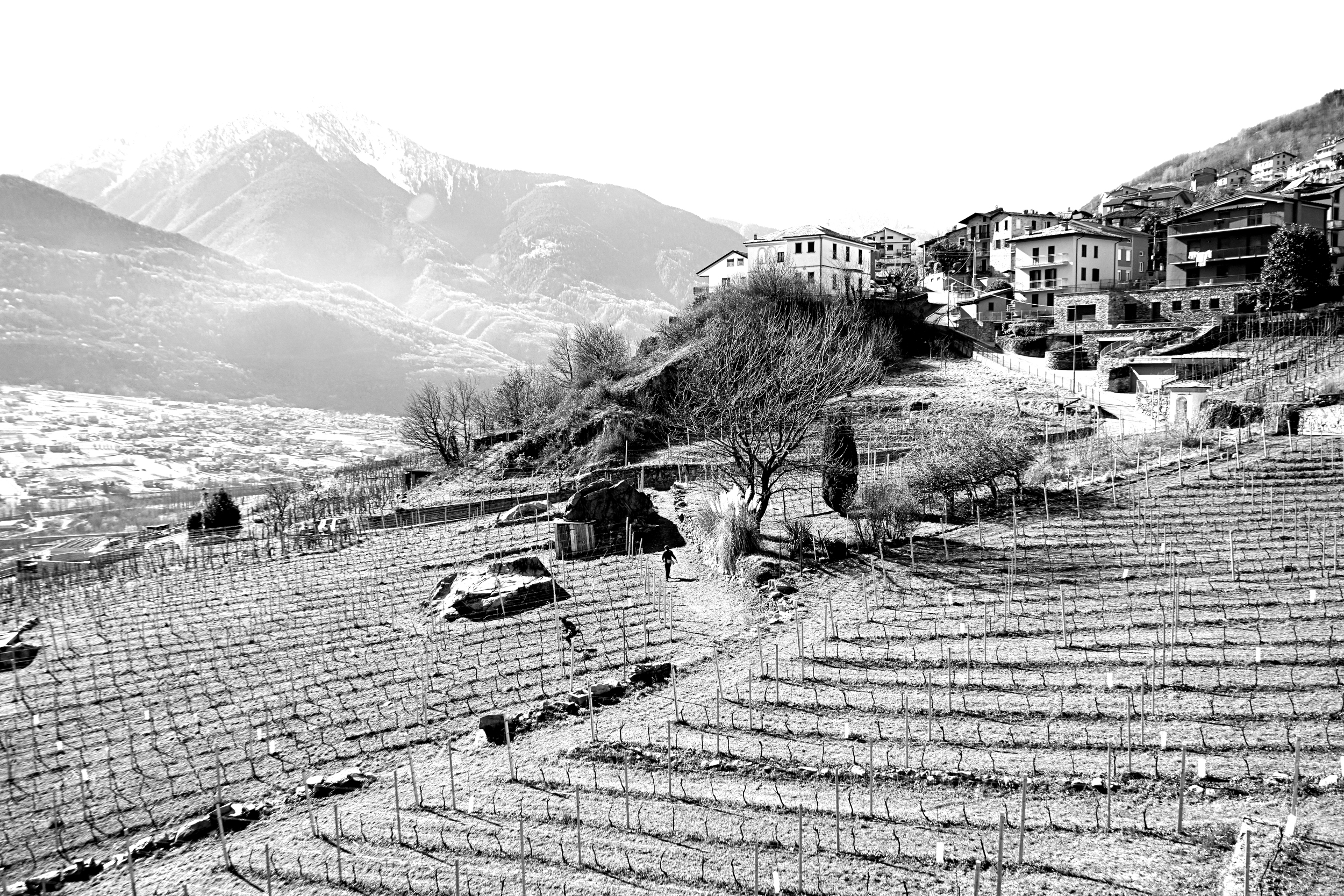
Valtellina landscape is designed by winemakers. Two thousands years of hard work on the terraced mountainsides.
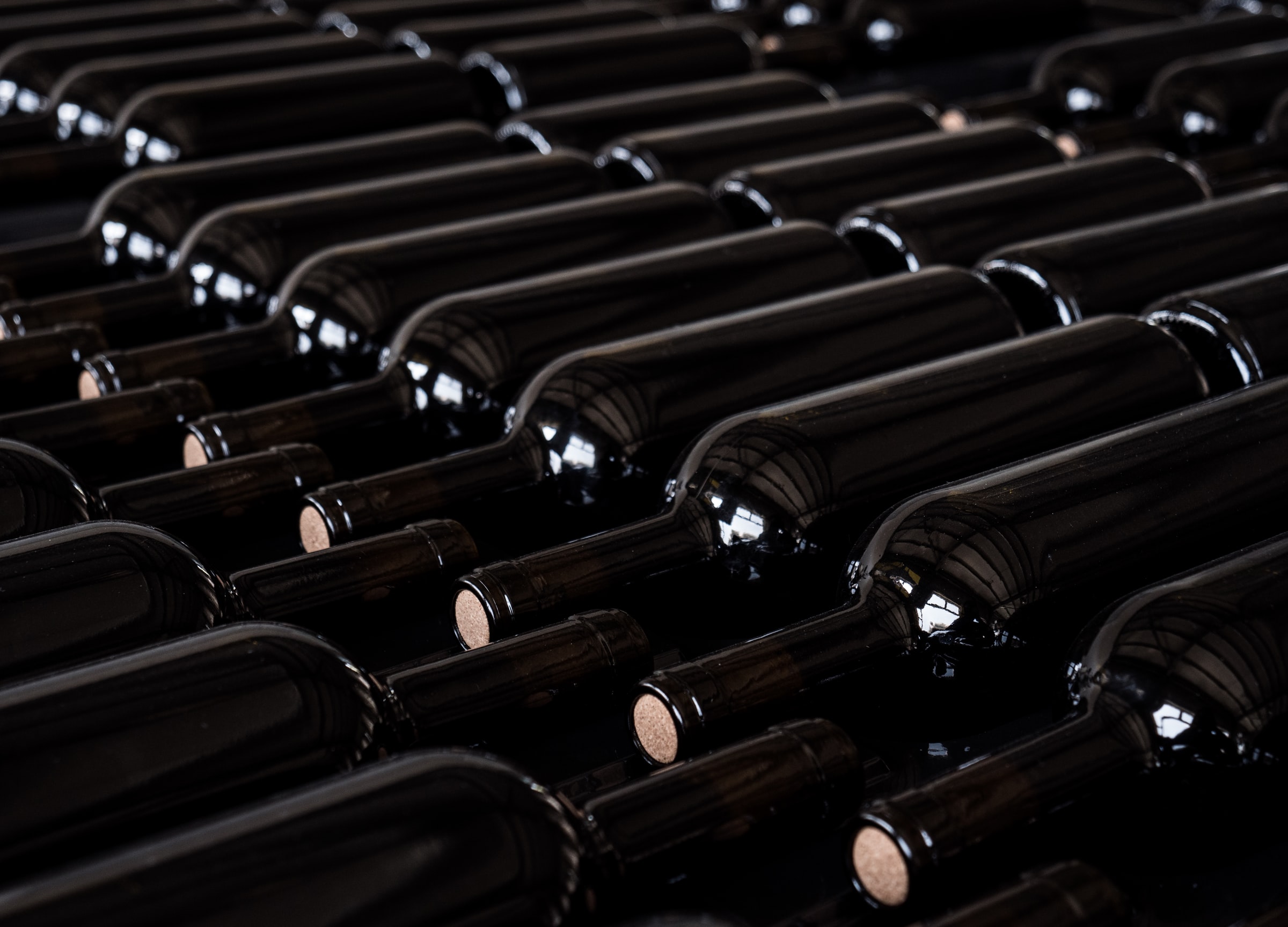
Rosso, Superiore, Sforzato. Valtellina wine denominations.
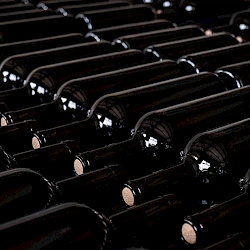
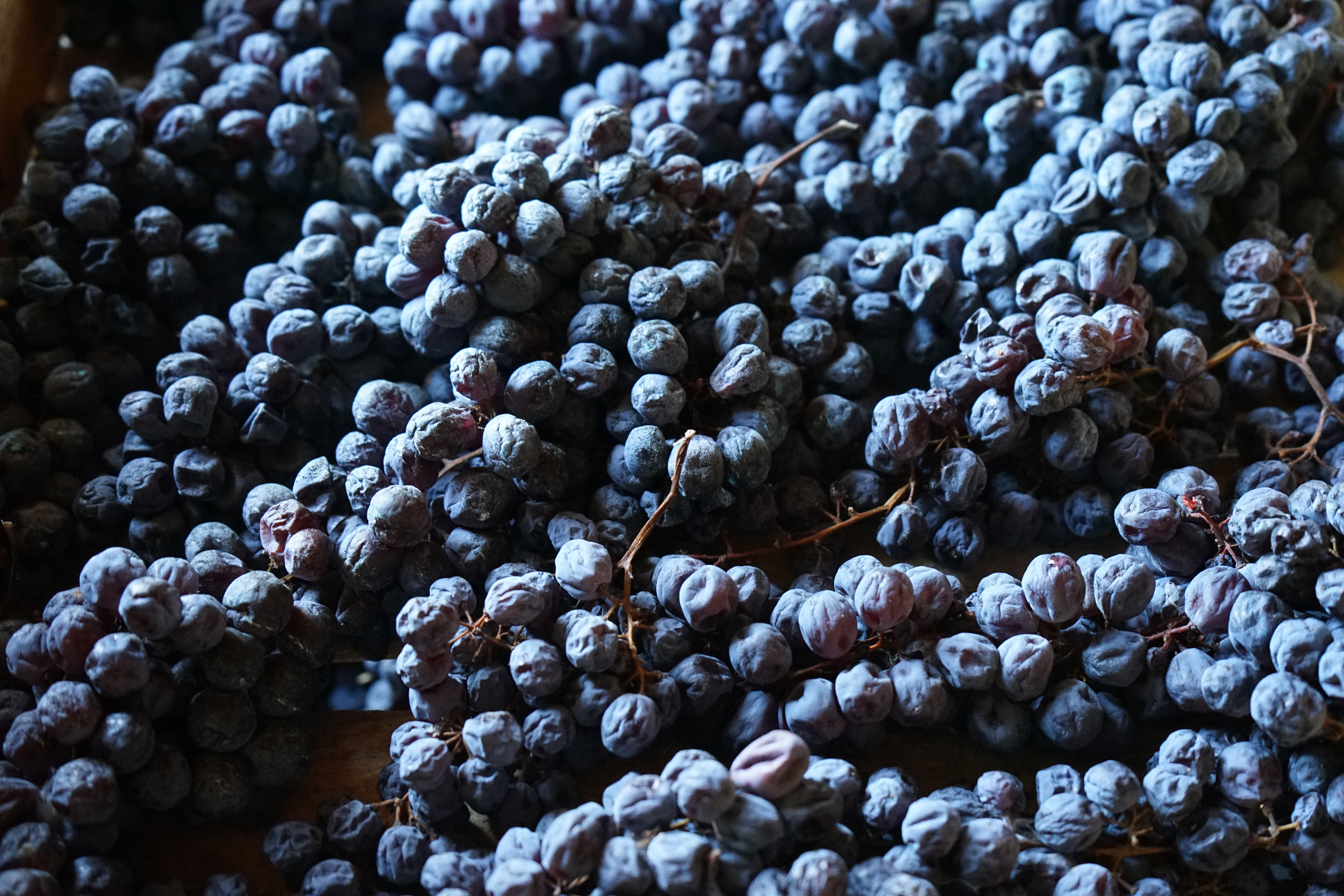
Sforzato, wine of territory and knowledge
